As you go deeper into the heart, the mirror becomes clearer and cleaner. -Rumi Carl Gustave Jung, the renowned psychiatrist and psychanalyst defines the inner dialogue as an essential tool of human beings. Often heard at times of inner conflict, it is the precursor of a decision, and propels the self to discern good from bad. Instantaneously sparking self-reflective activity in the mental-psychic fronts, it tends to generate action. The eminent child psychologist D.W. Winnicott defines it as an essential part of development of the “self”. He says: The conversation takes place in the space between fantasy and reality where one feels …
Category: Psychology
Avicenna (970-1037) the 11th century medical savant and philosopher foretold the imperative role of emotions on human psyche and behavior. He wrote in his preeminent book, The Canon of Medicine : “Emotions impact health and behavior, and they should be managed to gain self-mastery.” Centuries later, James Gross, director of the Stanford Psychophysiology Laboratory known with his emotion regulation model explains: Emotional regulation refers to the process by which individuals influence which emotions they have, when they have them, and how they experience and express their feelings. Human ability to control and regulate emotions using reason and willpower is …
Winter of 1939. Finland is invaded by the Red Army. The Finns are far inferior in numbers and artillery. But they have “sisu” in greater quantities as the story goes. Using their cross-country skiing skills, they manage to surprise and disperse the Russian troops. The Finns describe “sisu” as the guts, the courage of the lesser. A mixture of audacity and perseverance which leads to never giving up, even when all seems lost. It is an inner strength that transforms one’s supposed inferiority to advantage by thinking out of the box. Joanna Nylund, author of “Sisu, the Finnish Art of …
Mastering others is power, mastering oneself is true willpower. –Lao Tzu At the time the universe was created, it was debated to whom willpower should be given. None undertook the responsibility. When humankind – the highest of all creatures was created, willpower was granted to it. Thus, the heavy burden that mighty mountains and sturdy animals could not lift was placed on the shoulders of humankind. Ever since then we roam the day with the devil of temptation on one shoulder and the angel of restraint on the other. We might have a sudden craving on the spot, or …
Goethe’s theory of colors and how the eye sees and simultaneously creates its own color The great poet and savant Johann Wolfgang von Goethe (1749-1832) passionately explored the phenomenology of light and colors witnessed by the human eye, and collected his findings in Farbenlehre (Theory of Colors). His innovative doctrine of physiological colors, though dismissed by some due to lack of empirical data in his epoch, would later lead to wide repercussions in the centuries to come in art, physics and philosophy. He proclaimed that the colors referred to as physiological pertain to the subject, the organ of sight, …
The moments of awe, peak experiences and accomplishing the best version of oneself It is in human nature to aspire higher and “ human life will never be understood unless its highest aspirations are taken into account, ” said Abraham Maslow (1908-1970), renown with his triangle of hierarchical needs. At the peak of this triangle “ transient states of absolute being ” are experienced. It is “ where the farther reaches of human nature are secluded. ” He declared that a thorough understanding of the human being includes both security and belongingness needs as well as growth and transcendence …
“ The earth is heavy and opaque without dreams,” wrote Anaïs Nin ( 1903-1977) in her diary. Sigmund Freud (1856-1939) described dreams as the “ royal road to the knowledge of our unconscious activities,” in which our primitive self meets the civilized one, and where all memories are collected. The unconscious is the great guide to get to know oneself in entirety. Carl Jung (1875-1961) defined it as an invaluable resource : The unconscious communicating through dreams is at least half of one’s being. It offers advice and guidance that could be obtained from no other source. Thus the …
In his international best-seller book Men Are from Mars, Women Are from Venus, John Gray writes about the united life of Martians and Venusians who happen to find each other on earth. One day long ago the Martians, looking through their telescopes, discovered the Venusians. Just glimpsing the Venusians awakened feelings they had never known…quickly they invented space travel and flew to Venus. The Venusians welcomed the Martians with open arms. They had intuitively known that this day would come. The love between the Martians and Venusians was magical. Delighted in being together, learning and discovering each other, they …
How psychology unravels happiness and Rumi’s timeless insight to keeping the heart pleasant How to be happy? Where are we happier ? With whom are we happy ? When do we feel happy? We crave for happiness until we die. We make projections and measurements of our happiness on the continuum of time. We occasionally reach a generalized conclusion on the states of our happiness : somewhat happy, sometimes happy, more or less happy, happier in the past or present, or anticipate to be happy in the future… We remember the times we were happy, or fantasize a possible future …
The highest result of education is tolerance. – Hellen Keller Tolerance (tolerantia in latin) means to bear a burden, put up with, endure, forebear, allow to exist. It is considered a virtue, a moral obligation which involves respect and consideration for the other person. “ Free from bigotry, allowing different races, religions, practices, and opinions to co-exist, it is a pragmatic formula for the functioning of society, ” writes Hans Oberdiek in his wholesome book Tolerance: Forbearance and Acceptance A century ago, Einstein, in foresight said : “ Laws alone cannot secure freedom of expression; in order that every man …



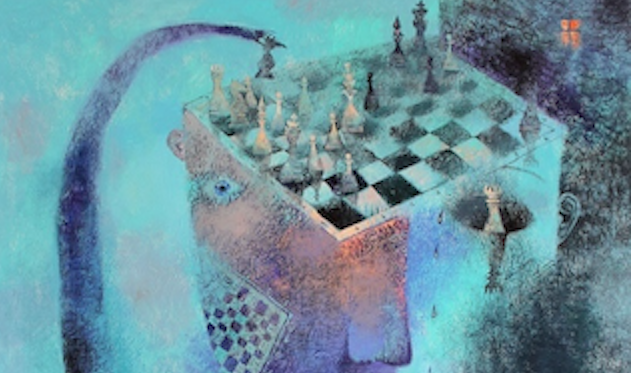
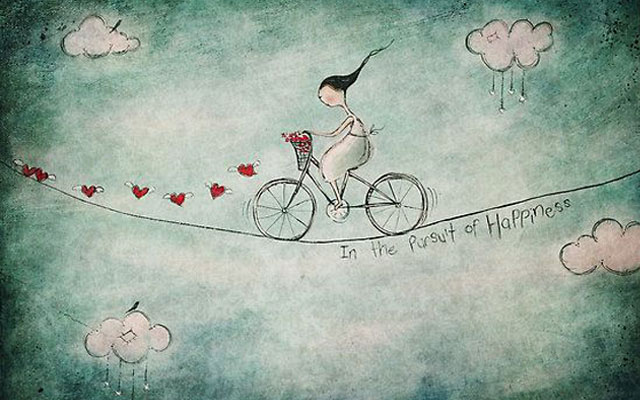
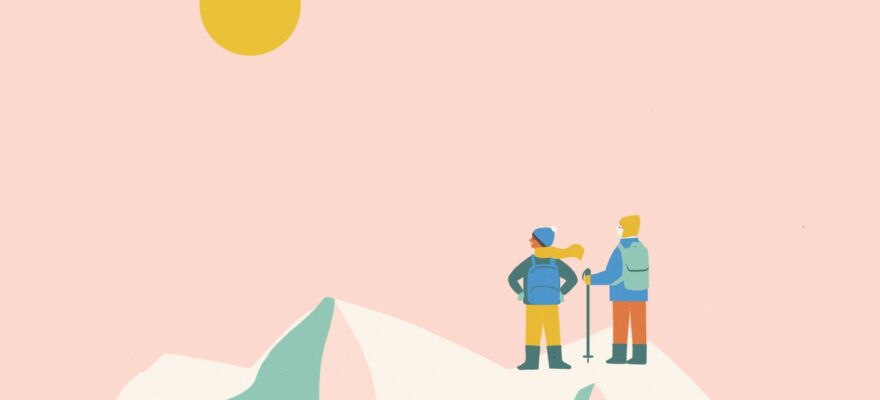
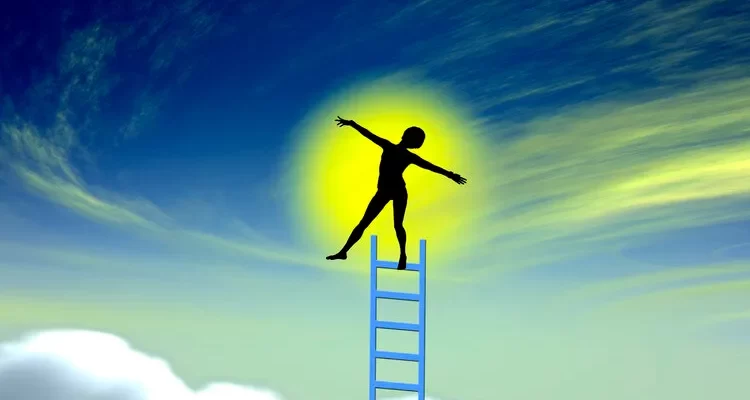
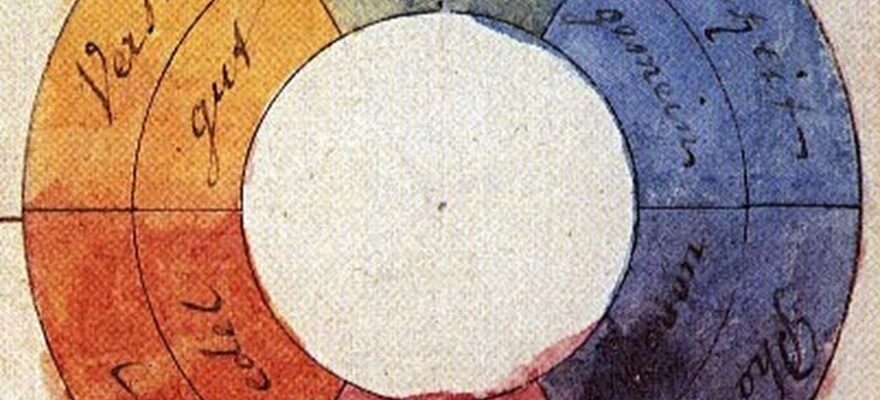
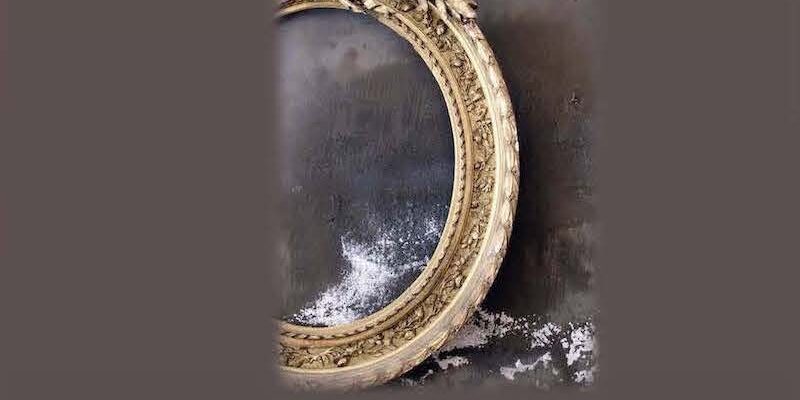
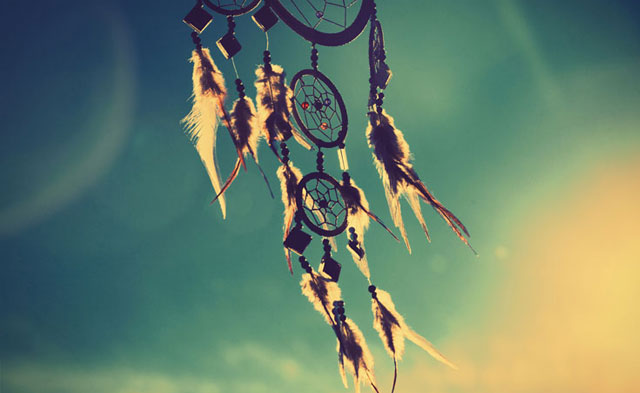
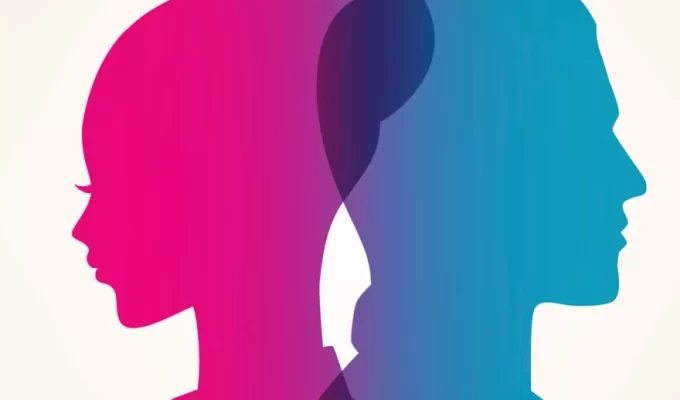
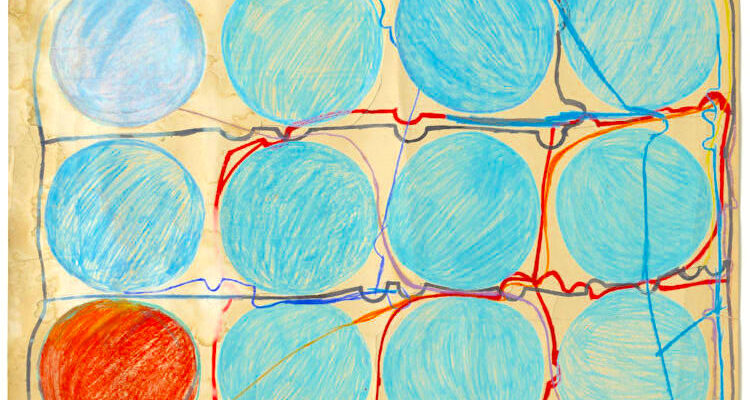
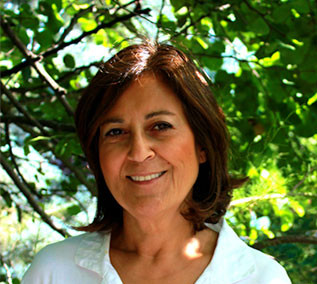




Social Profiles